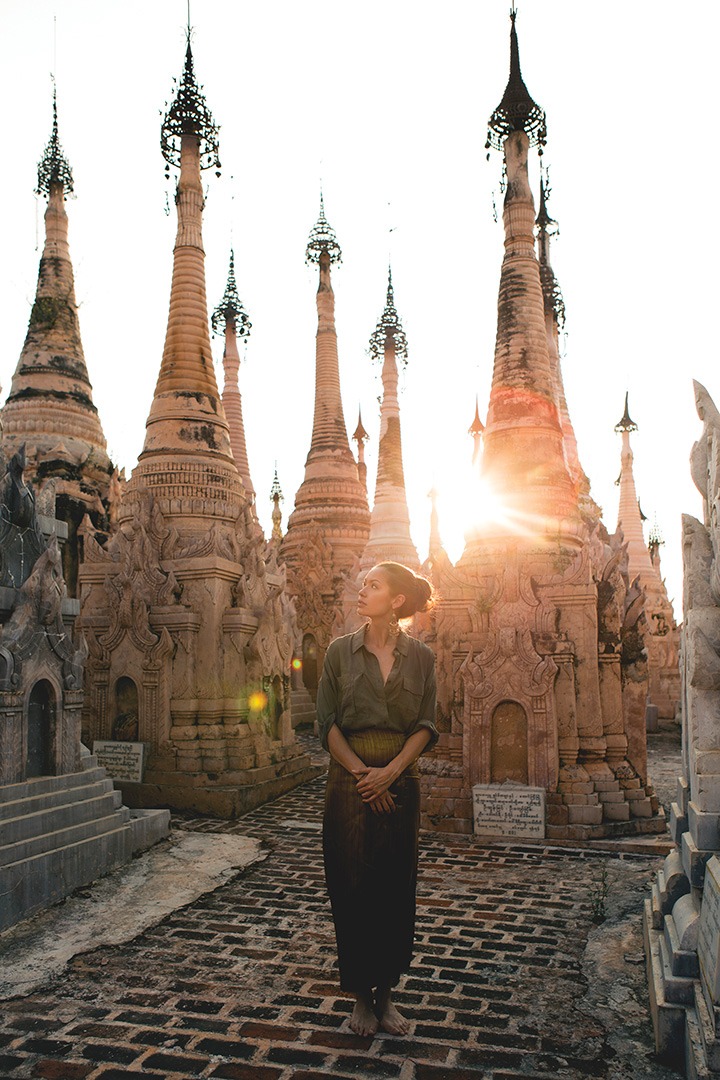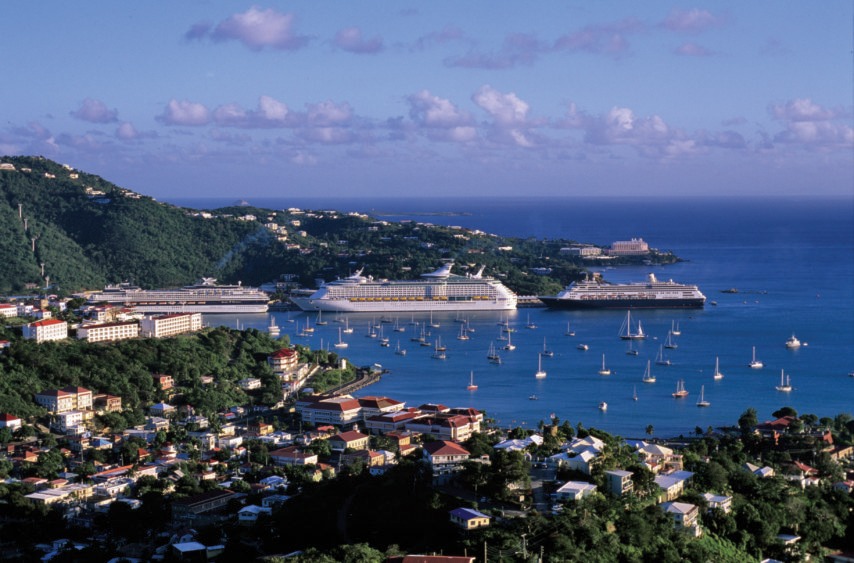
Island Hopping The Four Seasons in The Maldives
These days, there are a few new boxes to tick when I’m choosing a luxury holiday. It used to be the size of the bed, and if my suite had a plunge pool; now it’s how green the resort is and what conservation projects they’re involved in. Sounds like a headache? It doesn’t have to be. Choose wisely and you can still have your plunge pool and enjoy a clear conscience — one doesn’t have to be sacrificed in favour of the other. Island hopping between the two Four Seasons resorts in The Maldives taught me this. Both are wonderfully luxurious. Tick. Both have impressive Marine Discovery Centres. Tick. Both give guests the opportunity to learn about the environment during worthwhile and fun activities. Massive tick.
How involved you want to get is up to you, from helping with reef restoration to taking part in the monitoring of manta rays, the first project of its kind in this destination. By the way, there’s no judgement on those of you who may prefer to paddleboard and then sip cocktails by the pool. Although after I’ve introduced you to Ari, who resides at Kuda Huraa, the first resort I visit, you may change your mind.
Meaningful Meetings
Ari is a female olive ridley turtle. She was rescued after being caught in a “ghost” net (lost nets that float in from countries where trawl-net fishing isn’t banned) and has lost both front flippers and can no longer dive. I watch as Ari swims over to receive a gentle scratch on her shell from Bethany, turtle specialist and one of three resident marine biologists.
“Ah, she loves a little bit of attention. She’s got the sweetest nature,” she tells me, just as Ari pops her head out of the water to check me out. To date, The Maldivian Sea Turtle Conservation Program (jointly established with Four Seasons) has nursed over 250 turtles back to health, most of which have been released to the wild, with those that need ongoing specialist care rehomed to aquariums through The Flying Turtle Program.
The ocean, with its vivid hues of blues and greens, proves impossible to drag my eyes away from, which is just as well as otherwise I might have missed a stingray gliding by below the deck of my villa. Also living underneath my house on stilts is a Picasso fish, which darts territorially each time I appear and is easily spied through the clever design of the partially netted deck — perfect for lounging on while marine-life spotting. At sunset, I paddle in shallow ocean waters towards a fast-sinking sun, while above me, fruit bats circumnavigate on their regular evening patrol. Never have I felt more in touch with nature.
Building Back Beautiful
On my second day, I break the rule that when traveling you should leave nothing but footprints behind as I deposit a 32-inch-diameter metal frame into the Indian Ocean (bear with me, I’ll explain). The frame is full of fragments of rescued coral that I’ve spent the last couple of hours carefully tying on. It’s part of a pioneering project led by Reefscapers that began in 2001, designed to regenerate ailing reefs. The sad fact is that much of the coral in these waters suffered severe bleaching during the last El Niño phenomenon in 2016, when water temperatures exceeded 89.5 degrees.
It feels good to know that mine will join over four thousand others that are now….
EXCERPT ONLY. CLICK TO READ THE FULL ARTICLE.
This is an excerpt from the latest issue of Porthole Cruise and Travel Magazine. To continue reading, click above for a digital or print subscription.
Kate Wickers
Kate Wickers is a British journalist and travel writer. Her work includes travel, food, and culture features for many British and international publications, including The Telegraph, The Scotsman, The Daily Mail, The Sun, The Australian, Suitcase, Luxury Travel, and The Globe and Mail. Her family travel memoir, Shape of a Boy, will be published in January 2022.
You may also like
A Page in Time… Yangon’s colonial past.
A Page in Time… Take a walk through Yangon’s colonial past By Kevin Revolinski A Myanmar tra
MSC Preziosa: Cosmopolitan Cruising
Cruise Ship Review: MSC Preziosa Gear up and then unwind through memorable moments aboard MSC Prezio
Like a Local: US Virgin Islands
LIKE A LOCAL Livin’ in the USVI By Carol Bareuther Sure, there are guidebooks that list every rest









